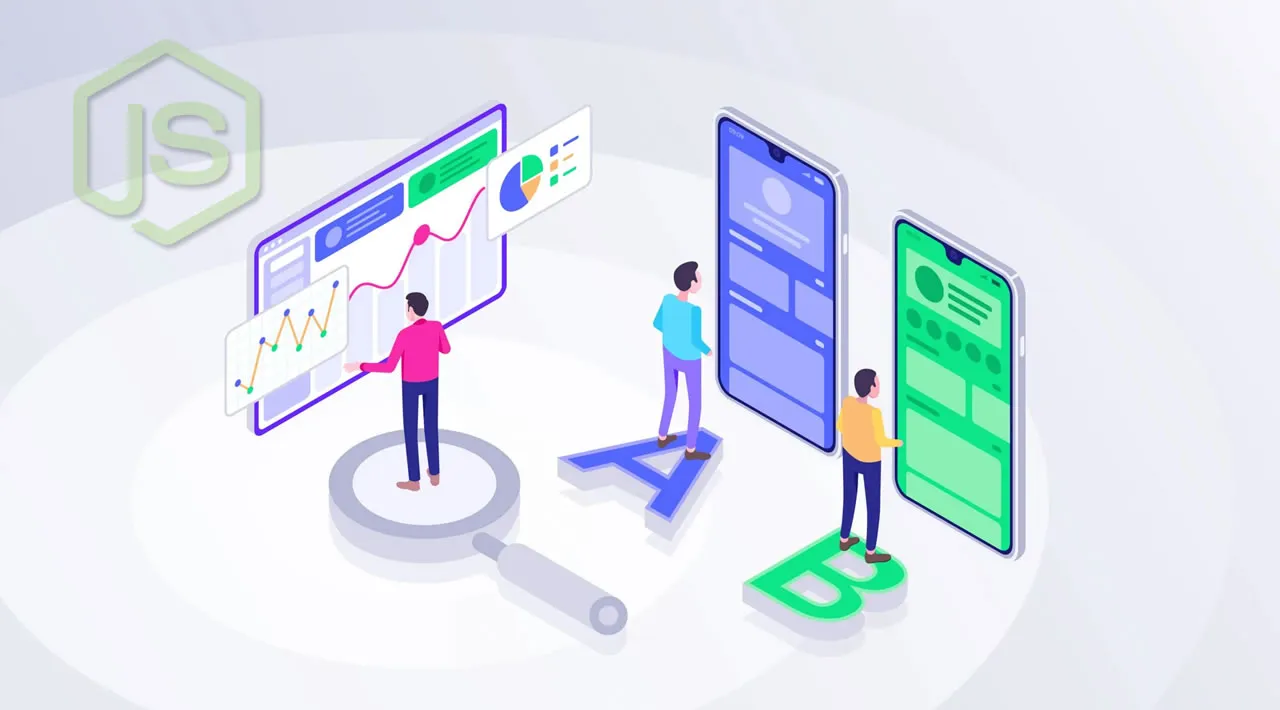Server-side A/B testing allows for faster page speed and multi-step testing. Learn how to get started server-side testing in Node.js.
A/B testing is a common way for developers and product teams to understand how users engage differentially with their tools.
For example, if a team is launching a new feature, it would want to know if this feature does what it is meant to do — increase engagement, signups, purchases, and so on. By testing the new feature in an experiment, they’ll be able to determine the precise way the new feature affects the user experience vs a control group.
On my site, Solitaired, we A/B test on an ongoing basis. We test new features (using painted doors), new games, and new layouts. We start our A/B tests off at 10 percent and then scale our testing as we see positive engagement.
A big issue for us was setting up the A/B testing in the first place. Of course, there are tools out there that purport to make A/B testing easy — tools like Optimizely and Google Optimize.
However, the main focus of these tools is client-side — meaning the A/B testing changes happen after a page is loaded. While ease of use is one of the benefits of client-side testing, there are some major downsides to client-side testing:
- Page flickering as the A/B testing kicks in
- Limited mostly to visual changes like text, colors, etc.
- Multi-page testing is nearly impossible
That’s why most applications or serious A/B testing teams use server-side testing. Server-side testing is a little trickier to set up (but not that tricky), but has some added benefits:
- Improved speed and no on-page flickers
- Multi-page/multi-step testing
- Ability to sync with backend databases
We were happy enough with our A/B testing software that we released it open source. Here, we’ll walk through how to use our middleware for A/B testing for Node.js applications.
#testing #node #nodejs #webdev
